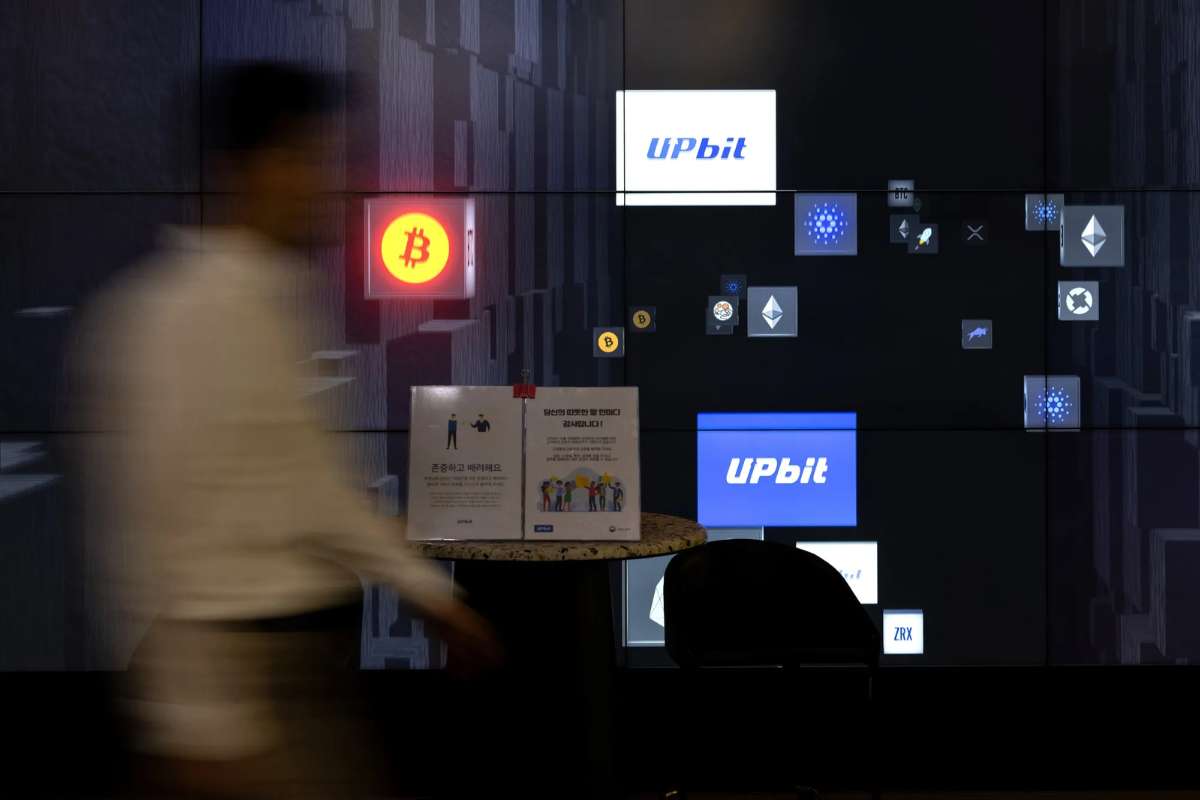The Washington Post confirmed on Thursday that it has fallen victim to the Cl0p Oracle cyberattack, ransomware gang’s widespread cyberattack targeting Oracle’s E-Business Suite (EBS). The breach adds the Bezos-owned media outlet to a growing list of organizations affected by the ongoing campaign, which has compromised hundreds of businesses worldwide.
The Cl0p Oracle cyberattack, traced back to a vulnerability in Oracle’s enterprise software, has allowed Cl0p to infiltrate numerous corporate systems. The Russian-speaking group, known for large-scale ransomware operations, listed the Washington Post on its dark web leak site earlier this week — highlighting the organization in bright yellow font to attract global attention.
Washington Post Listed on Cl0p’s Leak Site
The Cl0p ransomware group claimed responsibility by posting the Washington Post’s domain on its leak site, accompanied by a warning message that read, “WASHINGTONPOST.COM – PAGE CREATED, WARNING.” According to cybersecurity monitors, this tactic is part of Cl0p’s strategy to pressure victims into paying ransoms before stolen data is made public.
The gang’s post included the Washington Post among three other organizations, all of which were allegedly breached through Oracle’s E-Business Suite. The EBS platform, widely used by corporations and government bodies, supports key functions like supply chain management, finance, and logistics.
At this time, the Washington Post has not disclosed the extent of the Cl0p Oracle cyberattack or the specific systems affected. However, cybersecurity analysts believe the attack may have leveraged a zero-day vulnerability in the EBS software, which was actively exploited by Cl0p earlier this year.
Oracle’s Patch Struggles Leave Clients Vulnerable
Oracle first acknowledged the EBS vulnerability on October 2 and released an emergency patch soon after. However, reports indicated that the initial fix failed to fully contain the exploit. A second critical patch followed on October 11, leaving many companies exposed for several days.
By that point, Cl0p Oracle cyberattack had already gained access to several networks. Many victims only became aware of the breach weeks later, often after receiving ransom emails. Google researchers had tracked suspicious activity related to the exploit as far back as July, suggesting that the attackers had been operating undetected for months.
High-profile organizations affected by the same Cl0p Oracle cyberattack campaign include Harvard University, DXC Technology, Chicago Public Schools, and Envoy Air — the largest regional carrier for American Airlines. In several of these cases, data samples have already been posted on Cl0p’s site as proof of compromise.
Long History of Global Cyberattacks
The Cl0p Oracle cyberattack, ransomware operation has been behind some of the most significant data breaches in recent years. Its previous campaigns targeted major file transfer platforms such as MOVEit, Fortra GoAnywhere, and Cleo. These attacks collectively exposed data from thousands of companies and millions of individuals across various industries.
The MOVEit campaign in 2023 alone compromised more than 2,600 organizations and nearly 90 million individuals, making it one of the largest cyberattacks in history. Industry analysts estimate that Cl0p’s operations have generated hundreds of millions of dollars in ransom payments, making it one of the most financially successful ransomware groups to date.
With its latest Oracle-based campaign, Cl0p Oracle cyberattack appears to be focusing on large enterprises that rely on EBS systems to run critical operations. Experts warn that such supply chain-style attacks can have cascading effects, potentially disrupting business continuity for weeks.
Cybersecurity professionals are urging affected organizations to apply Oracle’s latest patches, review access permissions, and strengthen monitoring for unusual network activity. While the Washington Post continues to investigate the incident, the breach highlights how sophisticated ransomware actors are evolving their methods to exploit widely used enterprise systems.
As the investigation unfolds, cybersecurity experts emphasize that this attack is not an isolated event but part of an ongoing trend where advanced ransomware groups exploit software vulnerabilities at scale, impacting major institutions worldwide.
Also Read: Armis Pre-IPO Funding: Cybersecurity Firm Raises $435M






